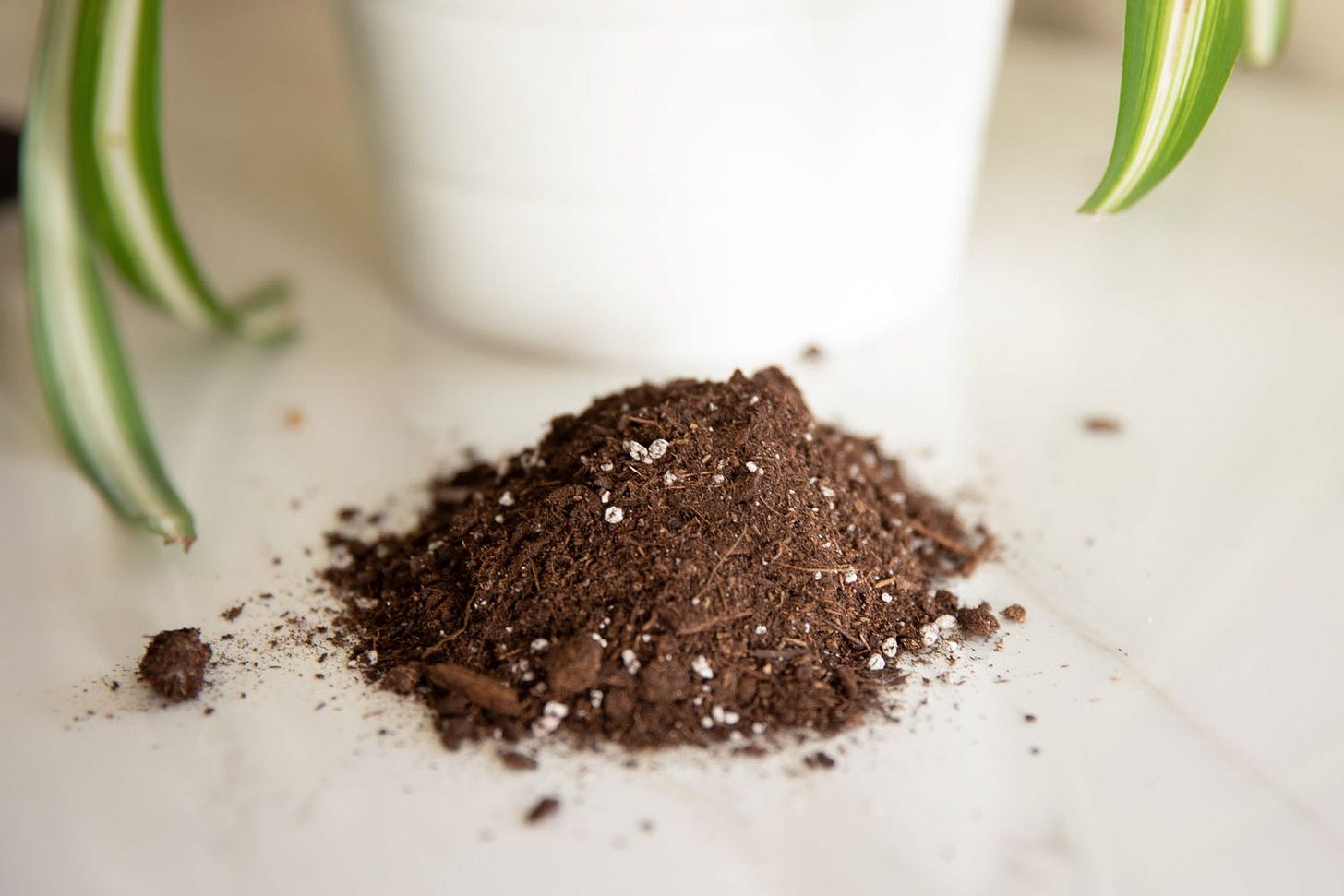Yardening With Yeti Intro and Soils
Series 1 Volume 1
Welcome to Yardening With Yeti, you can find me on twitter Yeti Jezus @Yeti1181 for a variety of topics to do with the world today. In this series my goal is to teach, as I learn, the benefits of turning your yard or space into a place to produce your own fruits, vegetables and herbs. My plan is to pass on knowledge as I build on the outdoor garden and as the outdoor season winds down, I’ll turn my attention to my hydroponic systems. I’ve designed and built them myself (my craftmanship isn’t anything to brag about I assure you).
Here is a short video I did for INN (Indie News Network) anniversary show and gives an insight to myself, I’m very proud of how it turned out, minus my horrid camera. If I start doing more video work consistently, I’ll look into upgrading a camera once my disability is approved as I’m currently awaiting a 2nd heart transplant and I couldn’t work during the pandemic. I am so thankful for the amazing Mrs. Yeti who’s helped me overcome a 10 year battle with depression with her selfless sacrifice and gentle loving nature. She’s my whole universe! Hope you enjoy!
In this first article I’ll be covering soil types and mixes as they are the base of any garden. My theory is work from the literal ground up, so lets dig in!
SOIL TYPES
Sandy Soil- it is very much as it sounds, little particle of sand which in essence is very tiny rocks. Rocks as we know are horrible for holding moisture or nutrients which your plants will need to grow, great drainage factor though. It is often used in gardens to increase drainage factor mixed with other soils. The worst type of soil for growing, unless you’re a cactus, I suppose.
Silt Soil- light weight composed of very fine particles, much smaller than a sand particle, that mixes with other minerals to create a smooth like texture that retains nutrients but water drains away quickly, it’s the most fertile between sandy, silt and clay. It’s typically found by rivers and creek beds as the water brings it downstream and settles as the currents slow.
Clay Soil- is made up of flat fine particles, the smallest of the first three, that compacts onto each other making airflow and water drainage exceptionally bad. It does offer water retention. Clay contains almost no organic matter, which is what breaks down into nutrients for the plants.
Chalk Soil- also referred to as lime rich soil, comprised mostly of calcium carbonate from sediment that has built up which means it’s very alkaline rich. Its, as the name applies, it has a white and a chalky like consistency of limestone. Its used for plants that want water and nutrients to drain away quicker.
Peat Soil- combination of decaying organic material (i.e. compost material, dead plants, grass clippings, etc.). There is no set standard for size as it depends on what you have added in size, a banana leaf will be larger than grass clippings but will eventually serve the same purpose after breaking down. Peat soil when heavily decayed is called humus.
SOIL MIXES
Loam Soil- is used for most standard outdoor gardens, its a great all round soil that holds water and lets excess drain away as not to drown your roots (just like humans we need a combination of the 2 to thrive). It consists of sand, silt and clay in equal amounts and is generally very dark, especially when wet. Will also be referred to as gardening soil for selling purposes as it explains what it is.
Topsoil- the basic make-up of topsoil is loam soil with peat soil, in humus form, mixed together. As the name very much implies, its the soil on top. It’s used in both gardens and lawns for its great versality along the growing spectrum and excellent nutrient composition. Usually covers loamy soil and can be 3” or more depending on what will be growing.
Potting Soil- is a 70/30 mix of loam soil and peat soil, it will also contain vermiculite and perlite. Vermiculite and perlite are added to lighten the soil and increase drainage while retaining enough water. Typically used for growing in pots from small to big and across the spectrum form flowering plants to fruit bearing plants and trees.
I hoped you enjoyed my first article on the basis of all we grow in this world. My next article will be on propagating seeds and the initial growth stages you see as the seed starts to open and breaks the soil. My hope is to keep my articles short and concise for people like my self that don’t have typical brain patterns. Till next time, keep on yardening.










Oh I like this idea! More Yardening with Yeti pls